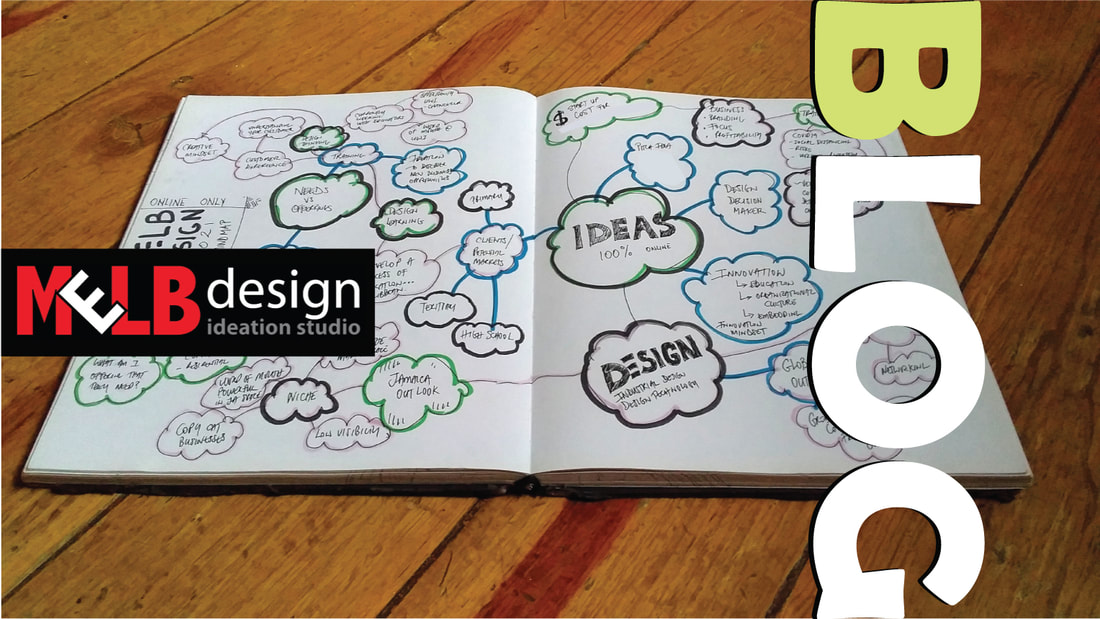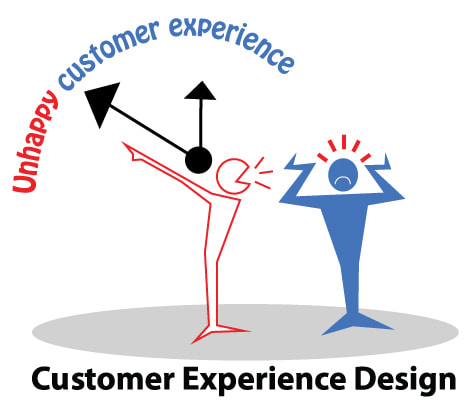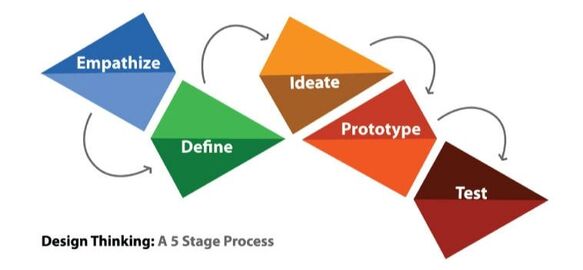|
According to Oxford Definitions, a service is “a system supplying a public need such as transport, communications, or utilities such as electricity and water.” We all have our own personal takes on what constitutes a good service or customer experience. For me nothing makes life stress free during this COVID 19 pandemic than to access various services online or via telephone to avoid facing heavily populated communal spaces. Just last week I had the manly duty to sort out some documents at our local tax office. In my mind, the game plan was to get there reasonably early to beat the congestion typically experienced by all visitors to this tax office based in Kingston. Unfortunately for me, other customers had also conjured up this bright idea and you guessed it, I had to join an untamed queue whilst watching approximately 3 hours of my time slowly disappear into some unknown blackhole. Observations/Insights To add more fuel to my discomfort, the piercing Caribbean sun was in good form. As the elements heightened the experience, my training as a designer took over and I started to observe and critique the various pain points (problems) that made this customer experience deeply unpleasant. My observations/insights are as follows:
Basic Strategies Used to Survive the Ordeal It’s amazing how quickly our brain processes information to make decisions to protect ourselves from clear and present danger. In that moment, I felt very unsafe and decided to employ a few very basic strategies to navigate some of these pain points. They are as follows:
Design Thinking
By applying Design Thinking, many of these pain points can be easily remedied by the Jamaica Tax Office. It’s fair to say they could also learn a thing or two from existing case studies (organizations local and international) currently using a range of strategies to combat some of these pain points made worse by this ongoing pandemic. By Empathizing (the first stage of Design Thinking) with the end-users (customers), real data could be collected via user observation and other existing research tools. This crucial intel or meaningful insights gathered from the data collected would help define these problem(s) affecting their new and existing customers. Of course there are serious questions that need to be asked here. Does the customer’s needs really matter? What are the benefits of creating a human-centred customer experience that engages the end-user in a friendly, safe and efficient manner? By applying the 5 stages of Design Thinking (Empathize, Define, Ideate, Prototype and Test) real cost effective and practical solutions can be unearthed to create a cohesive and user friendly customer experience.
0 Comments
Leave a Reply. |
AUTHORI'm a first time blogger with a few design focused observations to share in cyber space. I hope to trigger dialogue on subjects I'm passionate about. ARCHIVES
June 2024
CATEGORIES |




 RSS Feed
RSS Feed
